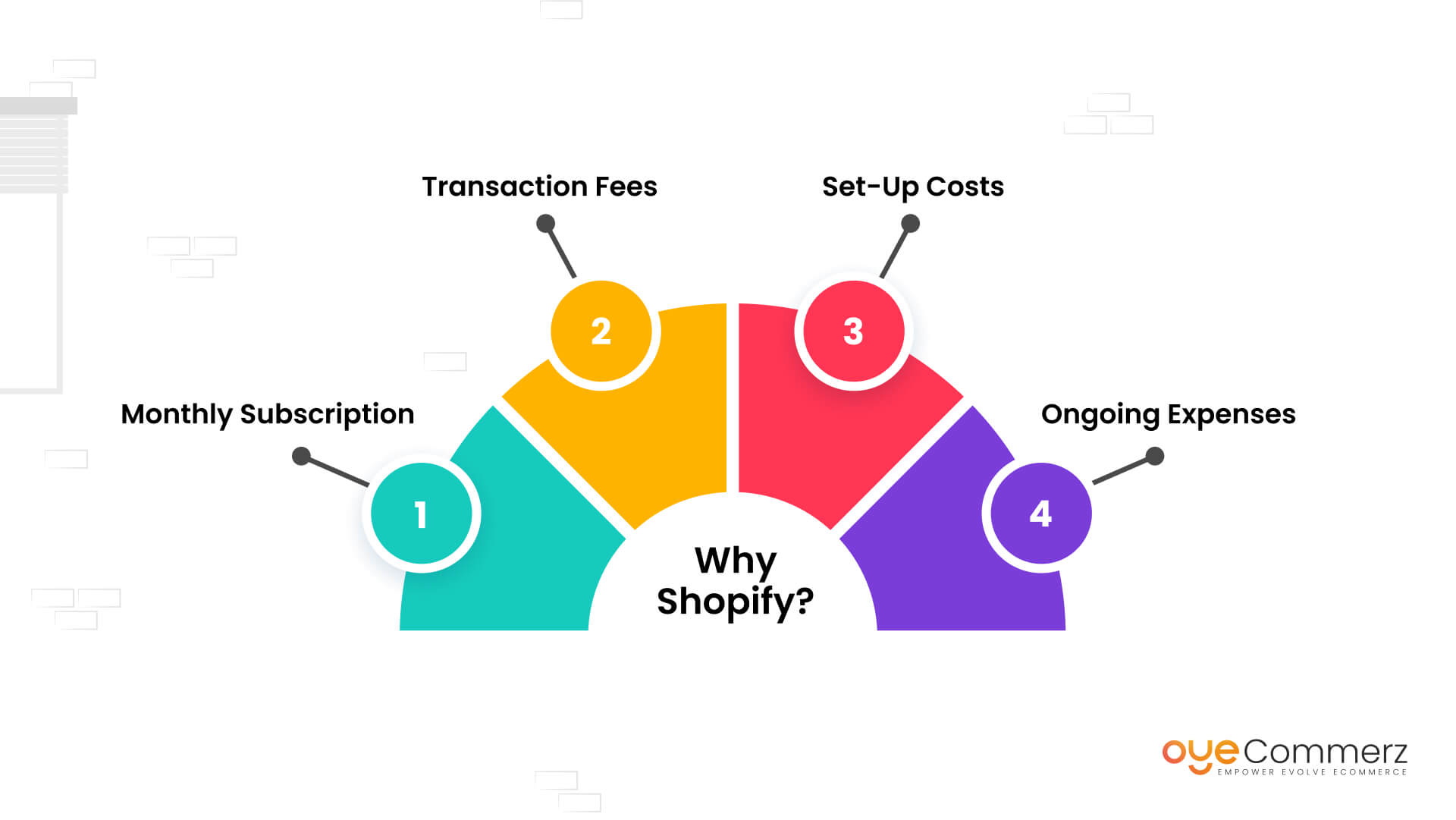Shifting from WordPress to Shopify marks an exciting step in streamlining your e-commerce operations. As companies expand, selecting a platform that aligns with scalability, UX, and flexibility is essential. Shopify has emerged as a favorite for e-commerce professionals, providing unmatched flexibility, security, and user-friendliness. In this guide, we will delve into the transformative impact of this migration, highlight the benefits, and provide actionable steps to facilitate a smooth move.
1. Why Switch from WP to Shopify?
WordPress, paired with WooCommerce, has served countless e-commerce platforms. Nevertheless, as companies scale, issues like plugin dependency, data risks, and complex setups can hinder growth. Shopify, designed explicitly for e-commerce, addresses these concerns with an comprehensive, intuitive platform. Real data supports this transition—Shopify hosts over 4.4 million stores worldwide, with a documented 10% boost to sales performance for numerous merchants post-switch.
2. Key Benefits of Shopify for E-commerce Success
Shopify’s powerful platform caters for expanding brands. Its notable features are:
- Effortless Design Flexibility: Shopify provides over 80 expertly crafted themes.
- Integrated Tools: Features like Shopify Payments and built-in SEO save time and effort.
- Global Reach: Multi-currency support and localization features empower businesses to expand internationally.
Additionally, Shopify boasts an uptime rate of 99.98%, ensuring your store is always operational.
3. Preparing for WordPress to Shopify Migration
Prior to starting the migration process, evaluate your existing setup. Review inventory details, customer details, and search engine rankings. Resources such as Shopify’s Migration Kit or external tools can simplify this process. Create a comprehensive plan, ensuring all resources—item details, media files, and blog content—are ready for seamless import.
4. The Importance of Accurate Data Migration
Transferring your data is a cornerstone of a successful transition. When moving from WP to Shopify, prioritize:
- Product Information: SKU, item summaries, and categories.
- Client Information: Emails, purchase records, and preferences.
- SEO Optimization: Retain meta tags, URLs, and forwarding paths to maintain search WordPress to Shopify benefits rankings.
Leverage tools such as LitExtension to facilitate seamless migration while reducing mistakes.
5. Tailoring Your Shopify Store to Fit Your Brand
Post-migration, customizing your Shopify store helps it reflects your brand. Take advantage of Shopify’s intuitive page builder to design pages effortlessly. Shopify's templates are optimized for all devices, providing a smooth UX across platforms—a critical factor, since 74% of e-commerce traffic comes from mobile visitors.
6. How to Protect Your SEO Rankings When Switching Platforms
SEO is vital for preserving your visibility during migration. Shopify is highly optimized for search engines with clean URL structures, preloaded features, and seamless blog integration. Make sure you:
- Set up URL forwarding for old URLs.
- Enhance updated content with keyword-rich content.
- Leverage plugins like Plug in SEO to track analytics after the switch.
7. Post-Migration Testing
Once the migration is complete, run detailed checks.
Check:- Website speed (Shopify boasts faster speeds in contrast with WordPress).
- Payment integration reliability and checkout processes.
- Adaptability across devices.
Testing guarantees your store provides a smooth shopping experience from the start.
8. Real-Life Success Story
An example of effective platform switching Shopify setup and customization is Gymshark, a fitness apparel brand that moved to Shopify. Post-migration, the company saw a 60% increase in mobile sales and significantly lowered site downtime. This highlights the potential of Shopify in enhancing e-commerce growth.
9. Challenges and Solutions
Migration is not without obstacles, such as data integrity and adjusting tailored features. However, Shopify’s robust support and external professionals make overcoming these hurdles manageable. Collaborating with qualified Shopify developers ensures a smooth transition.
10. Starting Your Journey with Shopify
Migrating from WordPress to Shopify marks a forward-thinking decision to online retail. By addressing scalability, streamlining operations, and improving buyer satisfaction, Shopify empowers businesses to thrive in challenging industries.
Conclusion
Switching from WP to Shopify is a strategic move that can significantly boost your e-commerce success. With a robust migration plan, the appropriate resources, and expert support, you can unlock new success milestones.
Ready to make the leap? Reach out today to learn how our Shopify migration services can revolutionize your e-commerce platform. Get in touch today, or ask yourself: Is it time to seize Shopify’s advantages for your store?

Comments on “Seamless WordPress to Shopify Migration: A Comprehensive Roadmap for E-commerce Growth”